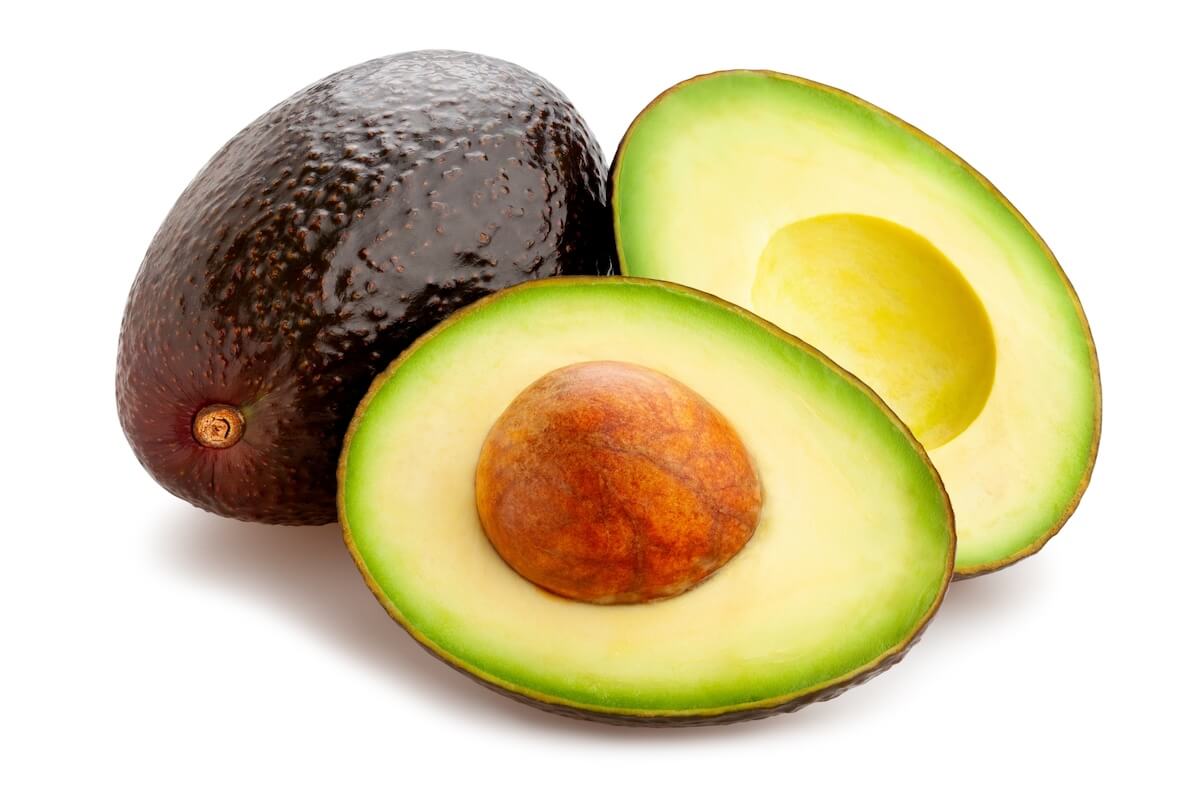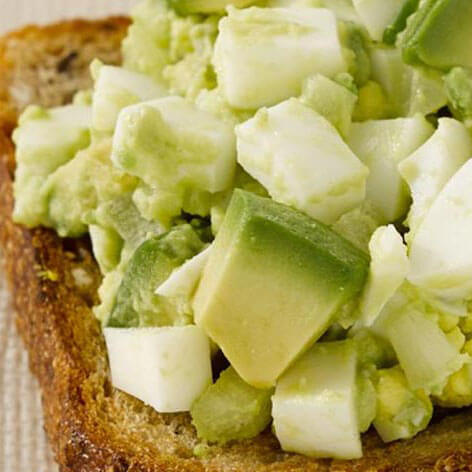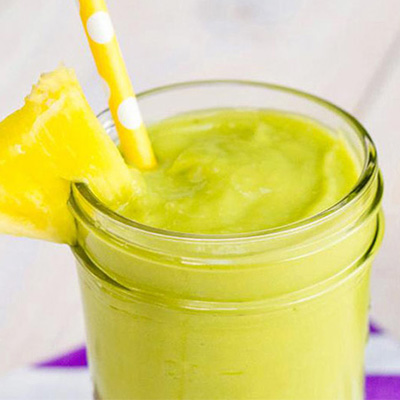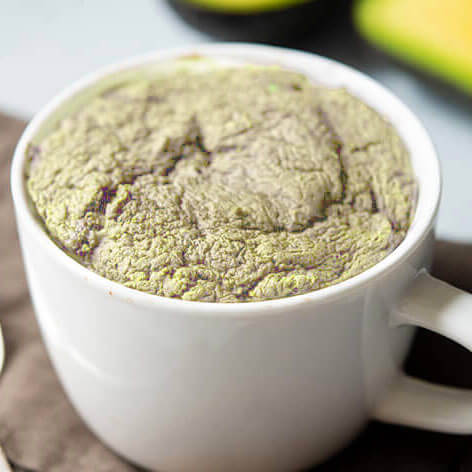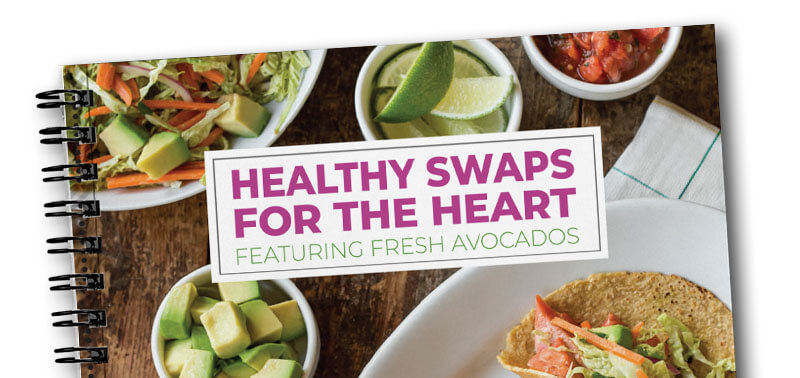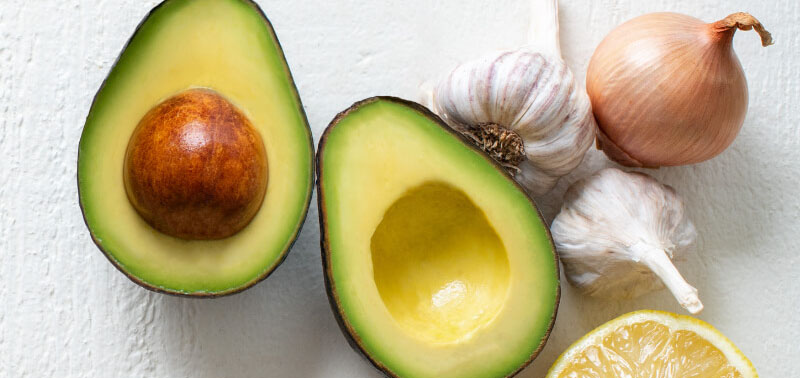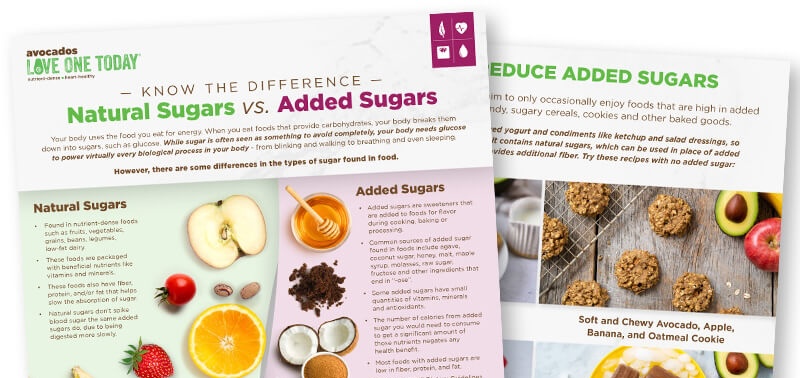Fats are essential nutrients your body needs for energy, cell growth, and overall function but they often get a bad rap in our culture. While the saturated fats you find in drive-through meals and other processed foods aren’t good for your health, your body needs unsaturated “good” fats to function.
- There are two types of fats: good (monounsaturated and polyunsaturated) and bad (saturated and trans fats).
- Both fats can affect your cholesterol levels, with bad fats raising LDL cholesterol levels, which increases your likelihood of developing chronic health conditions like heart disease. On the other hand, monounsaturated and polyunsaturated fats can lower LDL cholesterol levels.
- You can find good fats in foods like vegetable oils, fatty fish, nuts, seeds, and, most importantly, avocados.
Let’s learn more about fats and how to make them a part of your daily meals.
What are the Different Sources of Fats?
Fats can be classified by source and their physical state at room temperature. Understanding the distinction between oils and animal fats can help you make healthier choices when it comes to dietary fats. While both are important sources of fat, they differ in their composition, and how they affect your health.
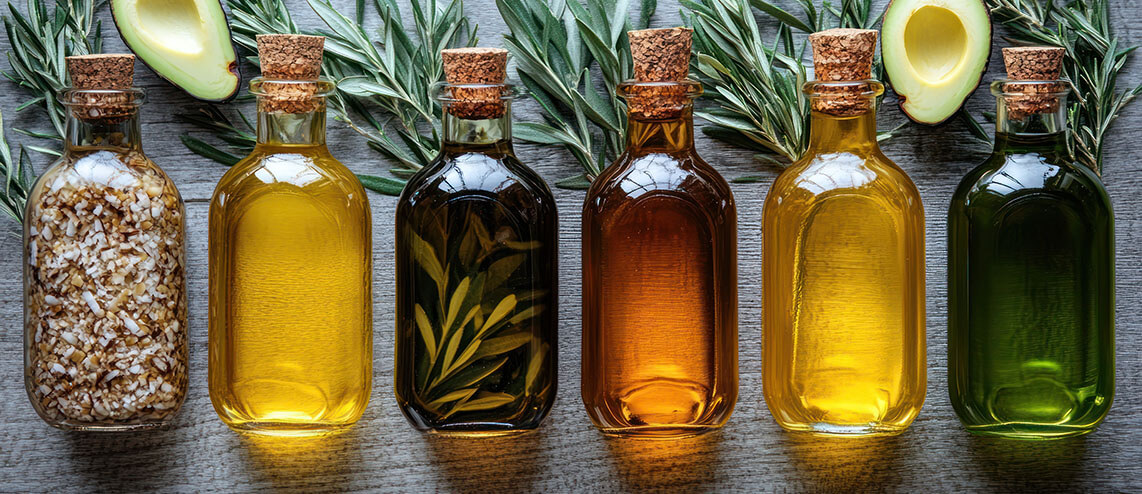
Oils
Oils are fats that are liquid at room temperature and are typically derived from plants. Most are rich in unsaturated “good” fats, which are considered heart-healthy because they may help reduce harmful cholesterol levels. You’re probably familiar with quite a few oils at your grocery store–olive oil, canola oil, sunflower oil, avocado oil, and even peanut oil are all staples in American cooking. These oils are usually used to cook or flavor other foods, or as an ingredient in sauces and salad dressings.
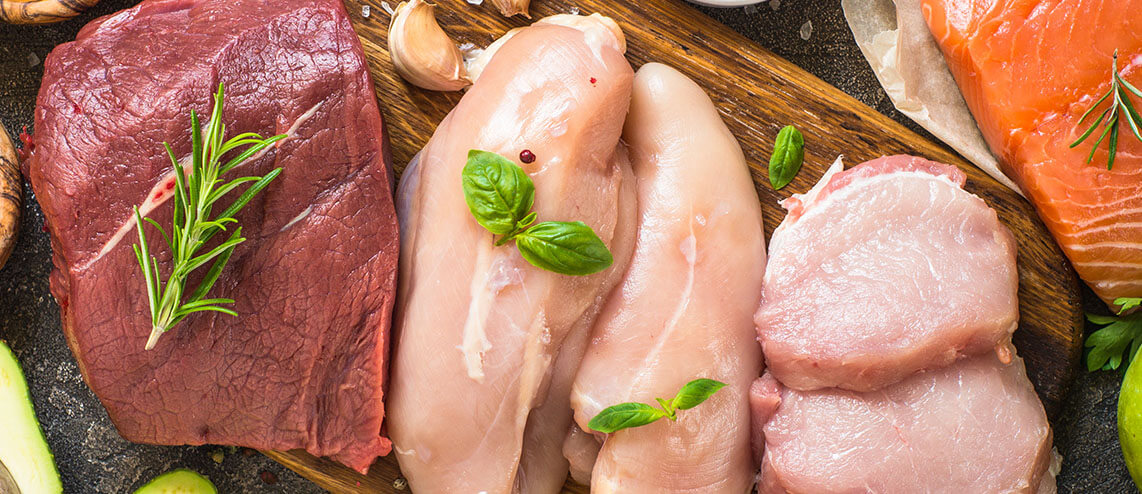
Animal Fats
Animal fats come from meat, dairy products, and other animal-derived foods. Most animal fats are solid at room temperature because they are higher in saturated “bad” fats. While most sources of animal fats can also be a great source of protein, people who eat too many animal fats can develop serious diagnoses such as type 2 diabetes, cancer, and heart disease over time. As such, many doctors recommend eating animal fats in moderation.
What are “Good” Fats?
Unsaturated ”good” fats receive their moniker for a good reason, mainly for their health benefits. Unsaturated fats benefit your heart. They can help improve blood cholesterol levels, ease inflammation, and stabilize heart rhythms. You can also digest fat-soluble vitamins better by eating foods with fat in them. Otherwise, your body will take longer to digest these essential vitamins and minerals.
Types of Unsaturated Fats
There are two types of unsaturated fats, monounsaturated fats and polyunsaturated fats.
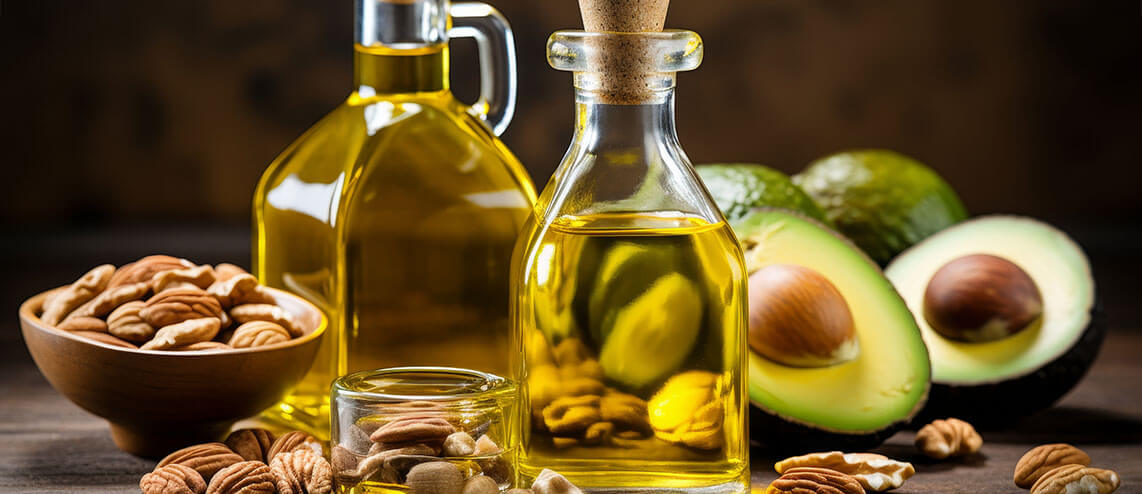
Monounsaturated fats can help reduce bad cholesterol levels in your blood, contributing to a lower risk of heart disease and stroke. Sources of monounsaturated fats include:
- Olive Oil
- Avocados
- Nuts and Seeds
- Canola Oil
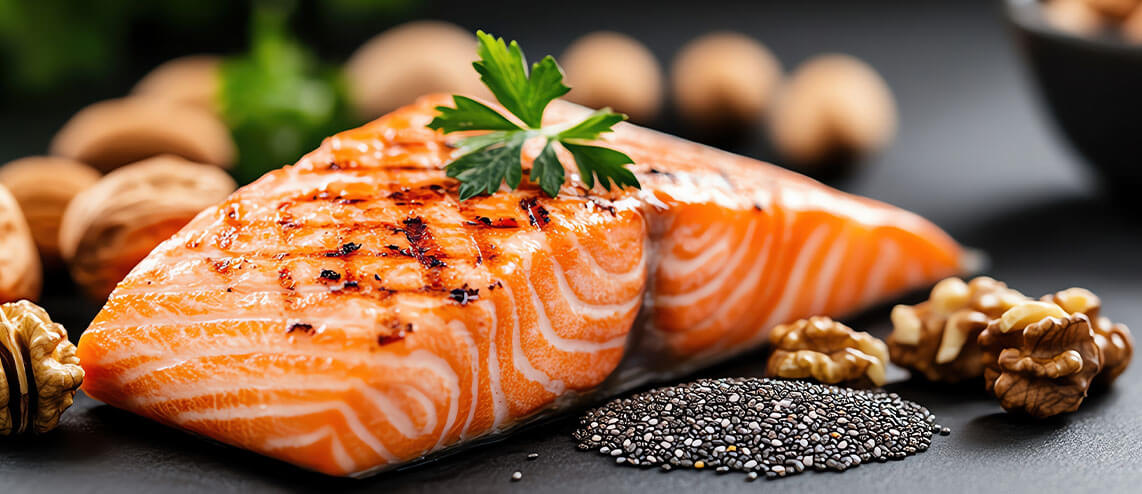
Your body can’t naturally produce the omega-3, and omega-6 fatty acids (building blocks of fats) included in polyunsaturated fats, so it’s crucial to find foods that contain them. These fats can help reduce the risk of heart disease, support brain function, and promote cell growth. Some sources of polyunsaturated fats are:
- Fatty Fish like salmon and mackerel
- Flaxseeds and Chia Seeds
- Walnuts
- Soybean Oil
These polyunsaturated fats are a vital part of a healthy diet.
What are “Bad” Fats?
Although fats don’t have a mustache, they may twirl around like a villain in the movie; some are considered bad because of how often they’re associated with severe and chronic health conditions like high cholesterol levels, heart disease, and cancer. Bad fats consist of the following:

Saturated Fats
You can find saturated fats in animal-based foods and some plant oils, like coconut and palm oil. Researchers have studied the effects of saturated fats on the human body for many years. People who consume foods high in saturated fats can have higher LDL cholesterol over time, which is associated with an increased risk of developing heart disease or having a stroke. Common sources of saturated fats include:
- Red meat: Beef, pork, and lamb contain significant amounts of saturated fat.
- Dairy products: Butter, cheese, and whole milk are high in saturated fats.
- Processed foods: Pastries, cakes, and cookies often contain saturated fats.
- Certain oils: Coconut and palm oil are plant-based oils high in saturated fats.
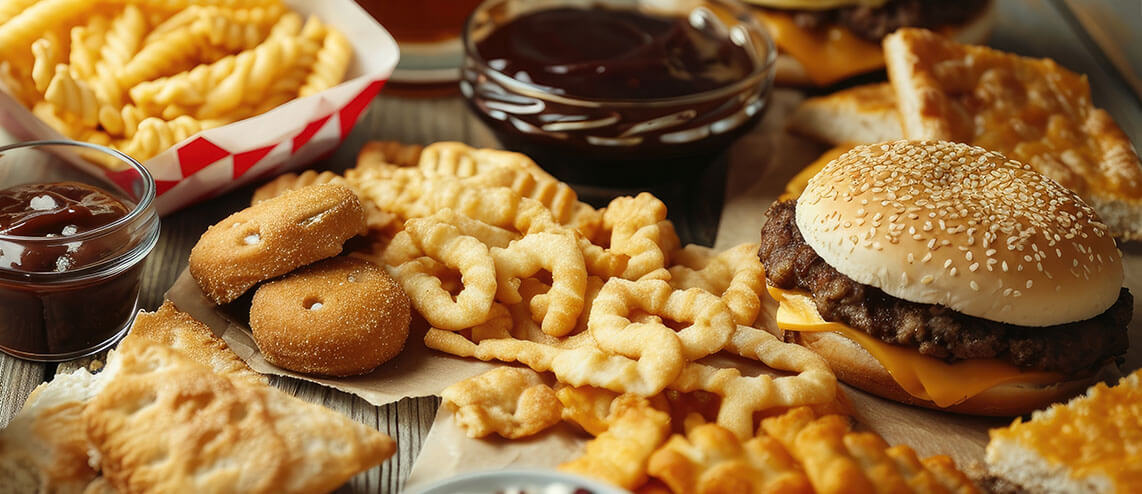
Trans Fats
Out of all of the fats, trans fats are considered the most harmful. They are created through a process called hydrogenation, which turns liquid oils into solid fats to increase shelf life and stability. Similar to saturated fats, trans fats are known to raise LDL cholesterol levels, but they also lower HDL (good cholesterol) levels. Both of these effects can increase your risk of developing heart disease, stroke, and type 2 diabetes. Common sources of trans fats include:
- Fried foods: French fries, doughnuts, and fried chicken often contain trans fats.
- Baked goods: Pastries, cookies, and cakes are made with hydrogenated oils.
- Margarine and shortening: These products often contain trans fats unless labeled trans-fat-free.
- Processed snacks: Crackers, microwave popcorn, and other packaged snacks may contain trans fats.
Due to their harmful effects, the World Health Organization (WHO) recommends avoiding trans fats as much as possible. This has become easier recently, as trans fats were banned from US food production in 2015. Checking food labels for hydrogenated or partially hydrogenated oils can help you steer clear of these unhealthy fats.


